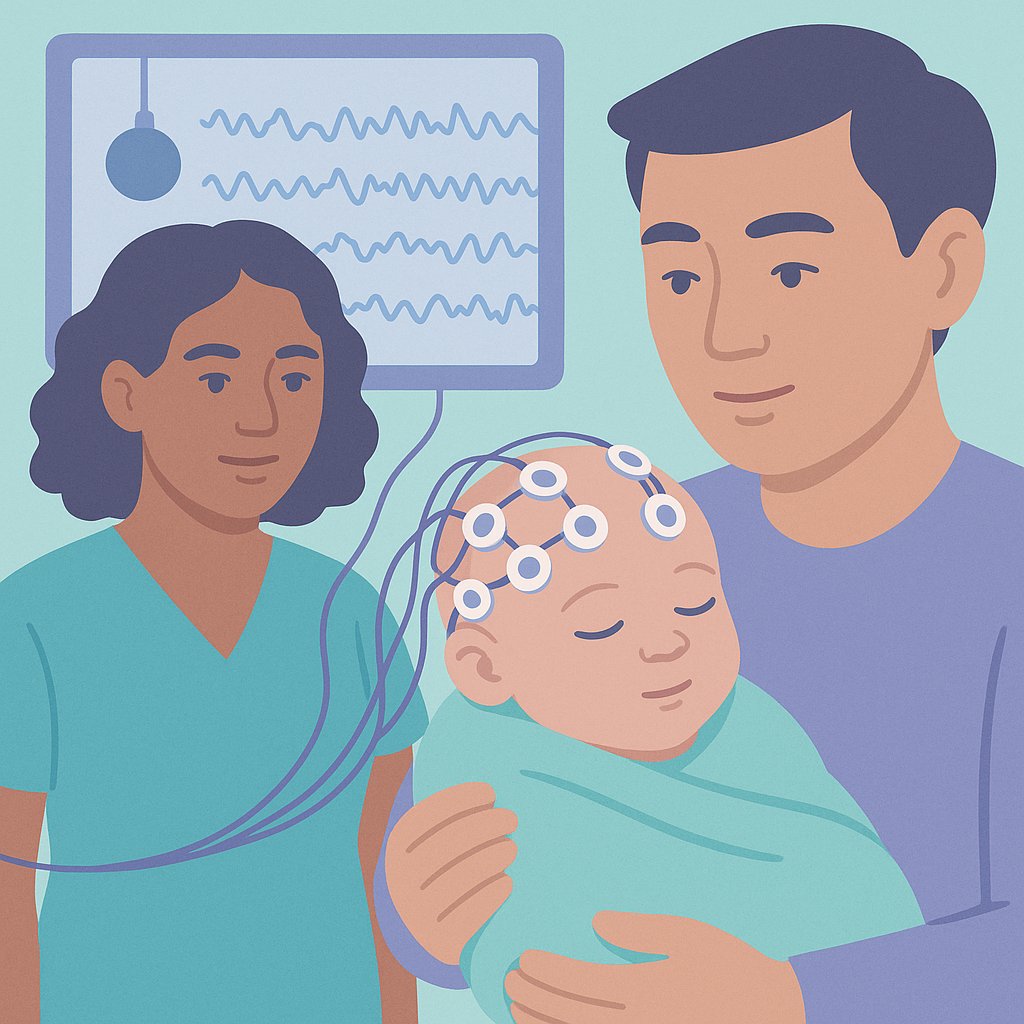Scalp Activity May Help Identify Neonates at Epilepsy Risk
⚠️ Infant dosing/safety: medication and diet decisions for infants require individualized medical guidance.
Source: Epilepsia
Summary
This study looked at how high-frequency activity (HFA) in the brain can help identify neonates (newborns) with seizures and predict their risk of developing epilepsy later on. Researchers examined 47 neonates who had confirmed seizures and compared them to eight healthy neonates. The study focused on measuring HFA rates during sleep using a special automated detector, considering different causes of seizures and the effects of treatments like therapeutic hypothermia.
The key findings showed that neonates with seizures had much higher HFA rates than healthy neonates. Specifically, those with genetic causes of seizures had the highest HFA rates. Among the surviving neonates with seizures, those who later developed postneonatal epilepsy (PNE) also had higher HFA rates compared to those who developed normally. This suggests that measuring HFA could help distinguish between healthy and affected neonates and identify those at greater risk for future epilepsy.
These findings are important because they suggest that HFA could be a useful tool for monitoring neonates with seizures and assessing their risk for epilepsy. However, the study has limitations, such as a small sample size and the fact that not all neonates were followed up for a long time. More research is needed to confirm these results and explore how HFA can be used in clinical practice.
Free: Seizure First Aid Quick Guide (PDF)
Plus one plain-language weekly digest of new epilepsy research.
Unsubscribe anytime. No medical advice.





